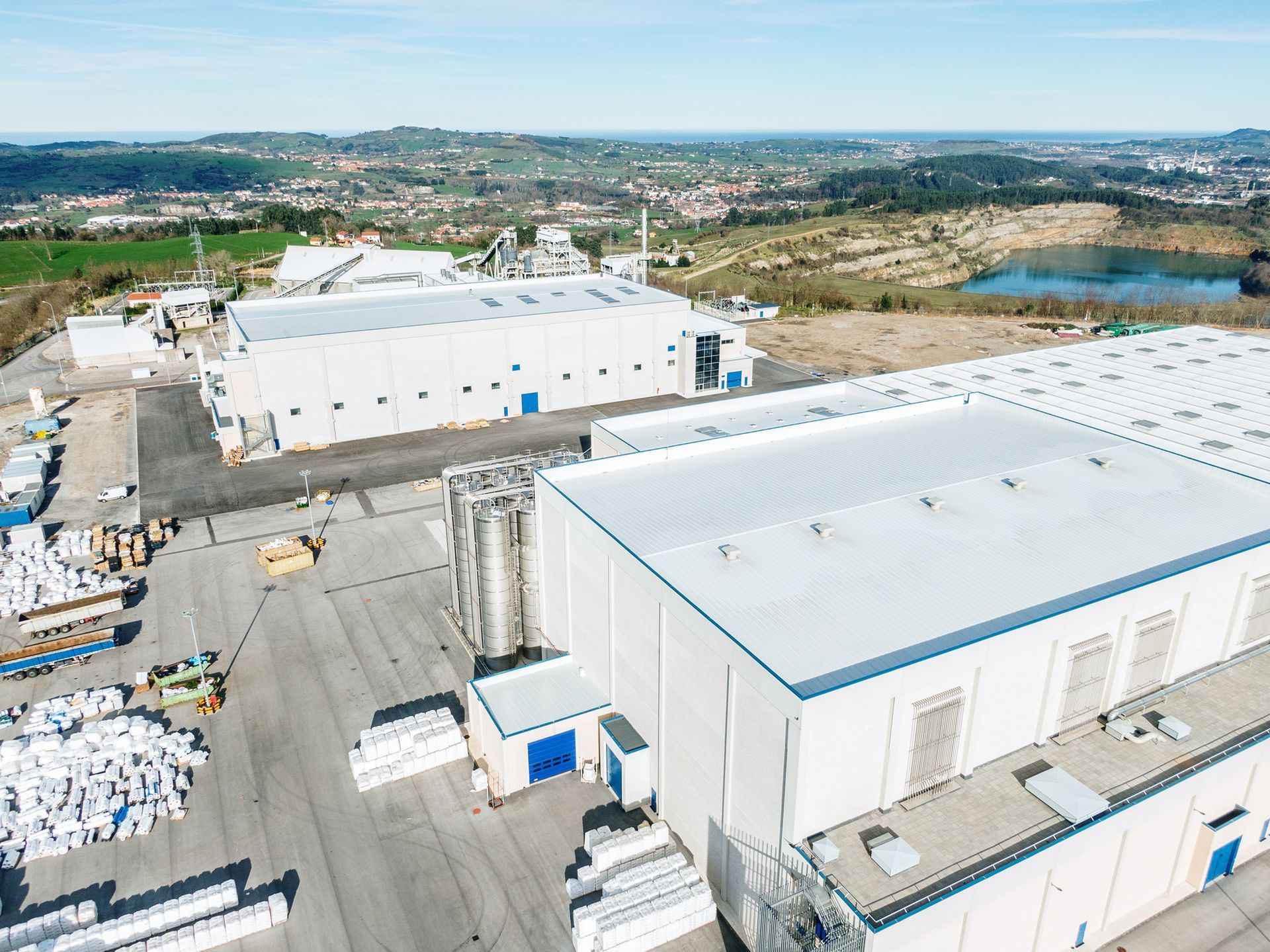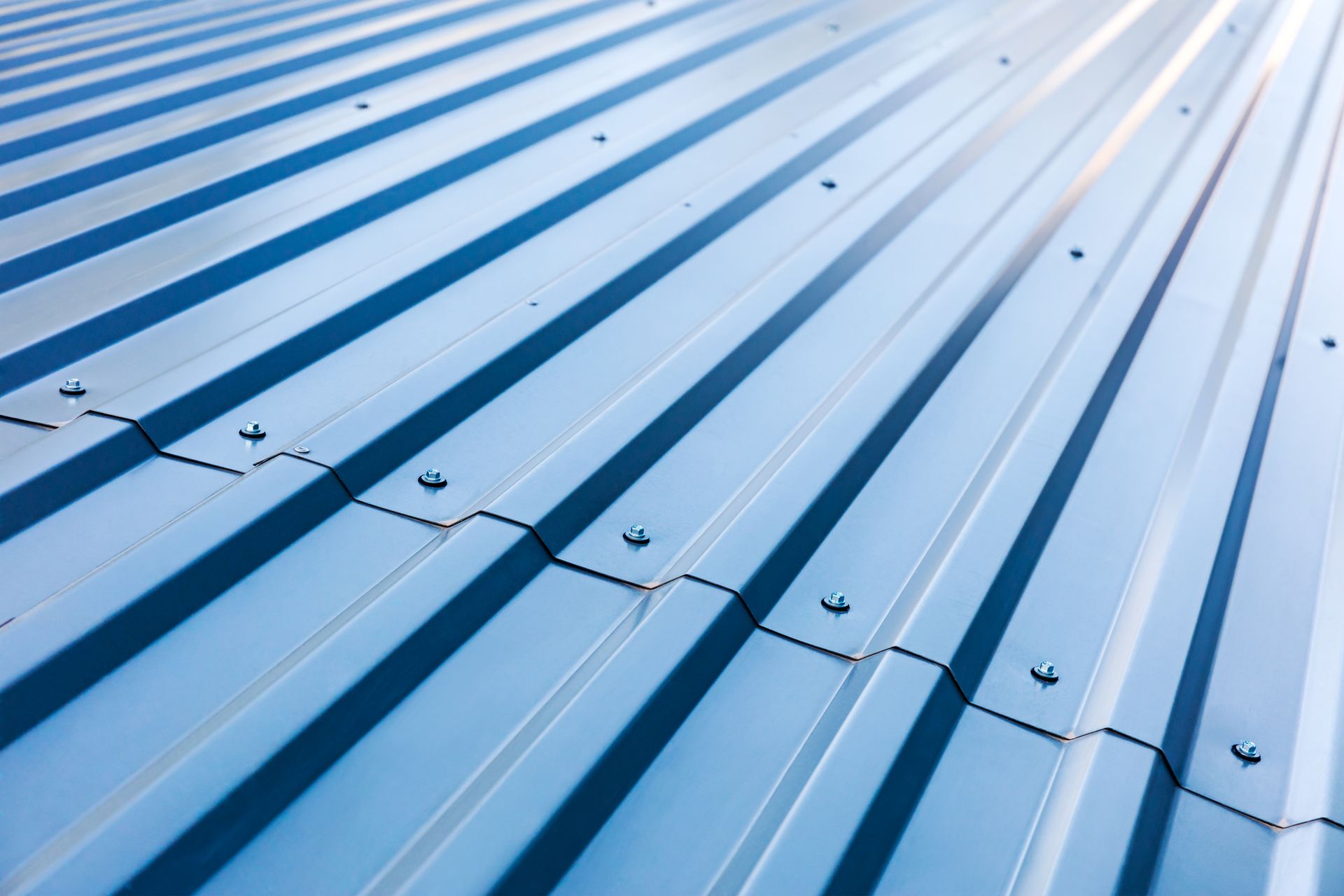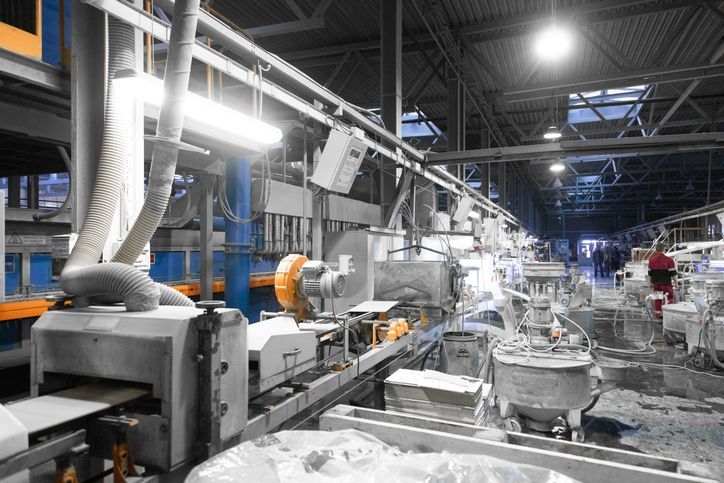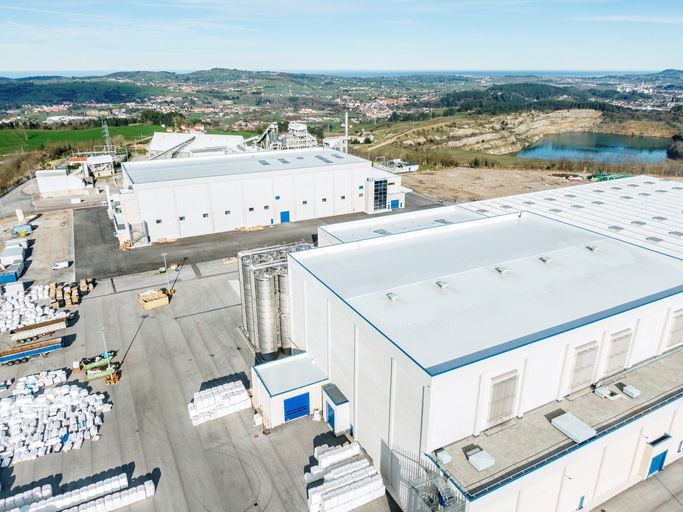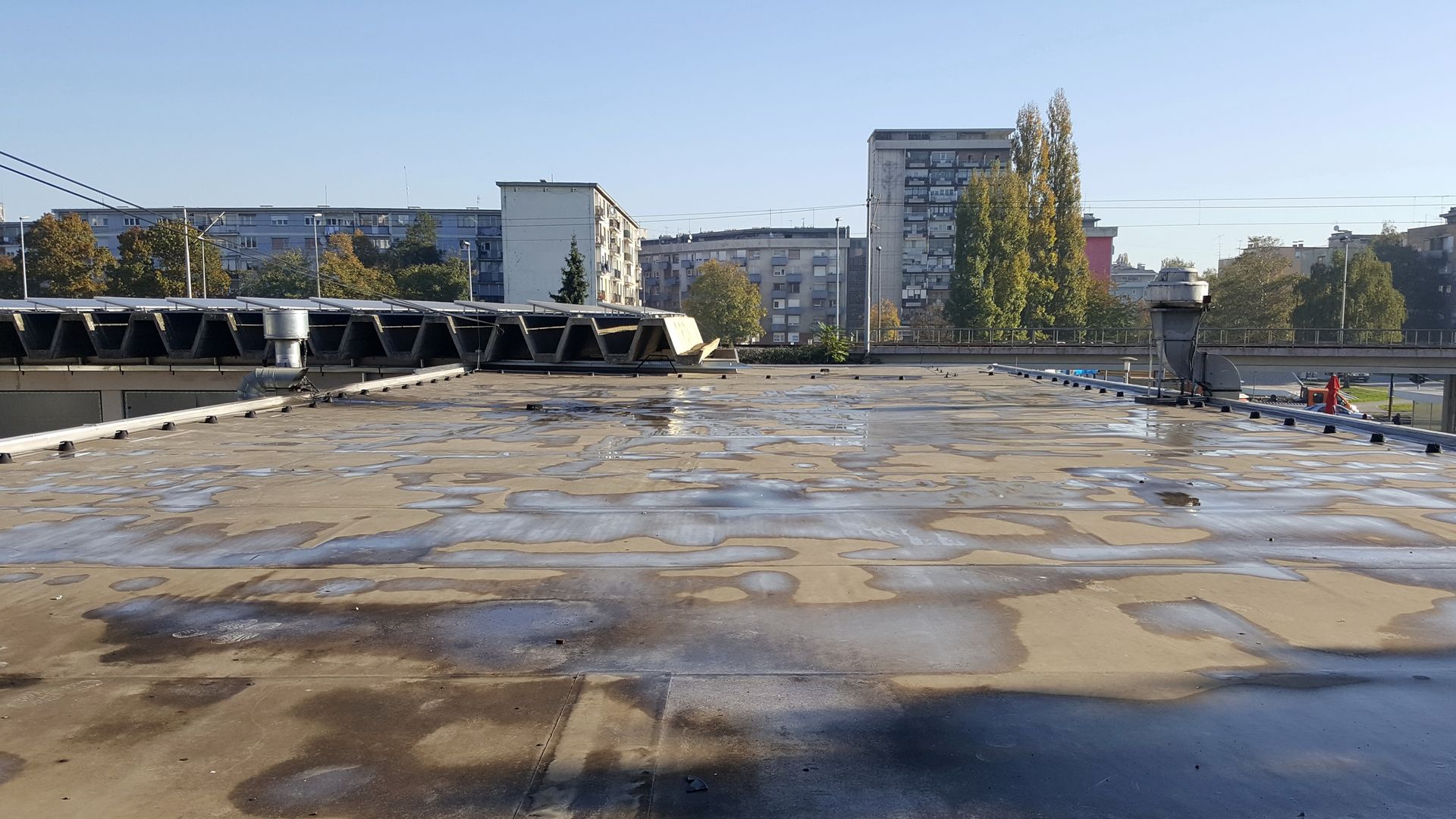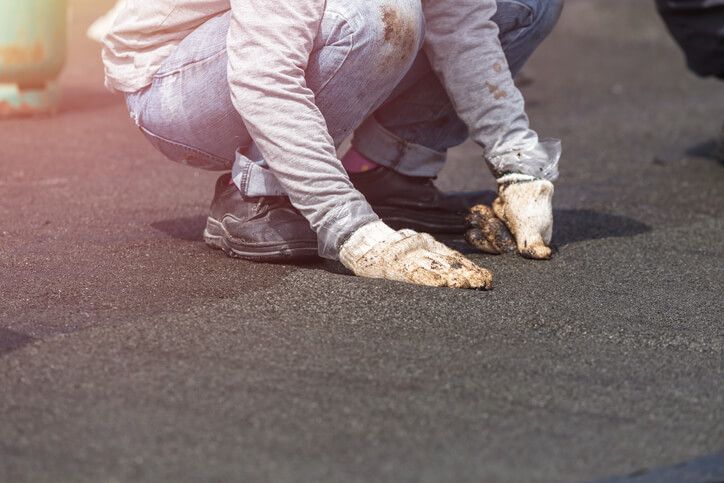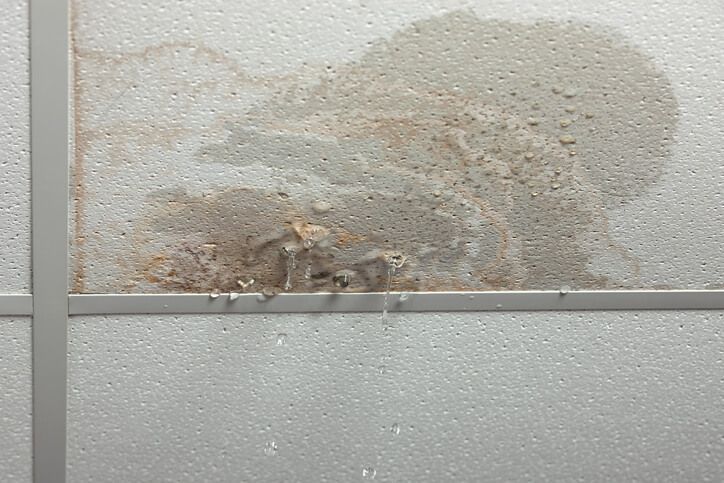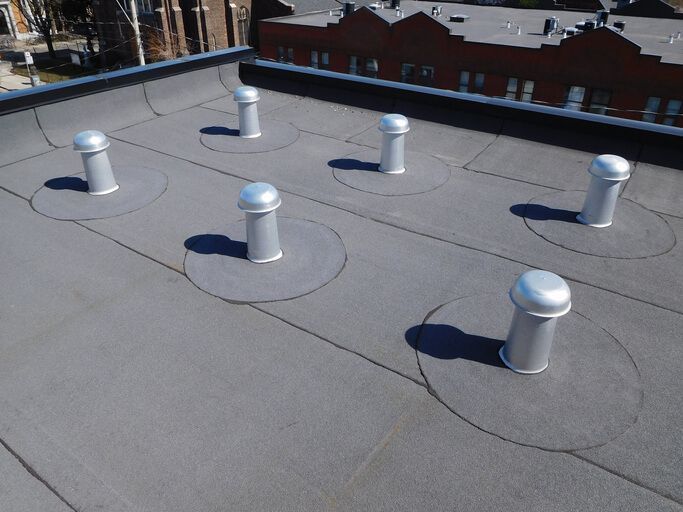Blog
Blog
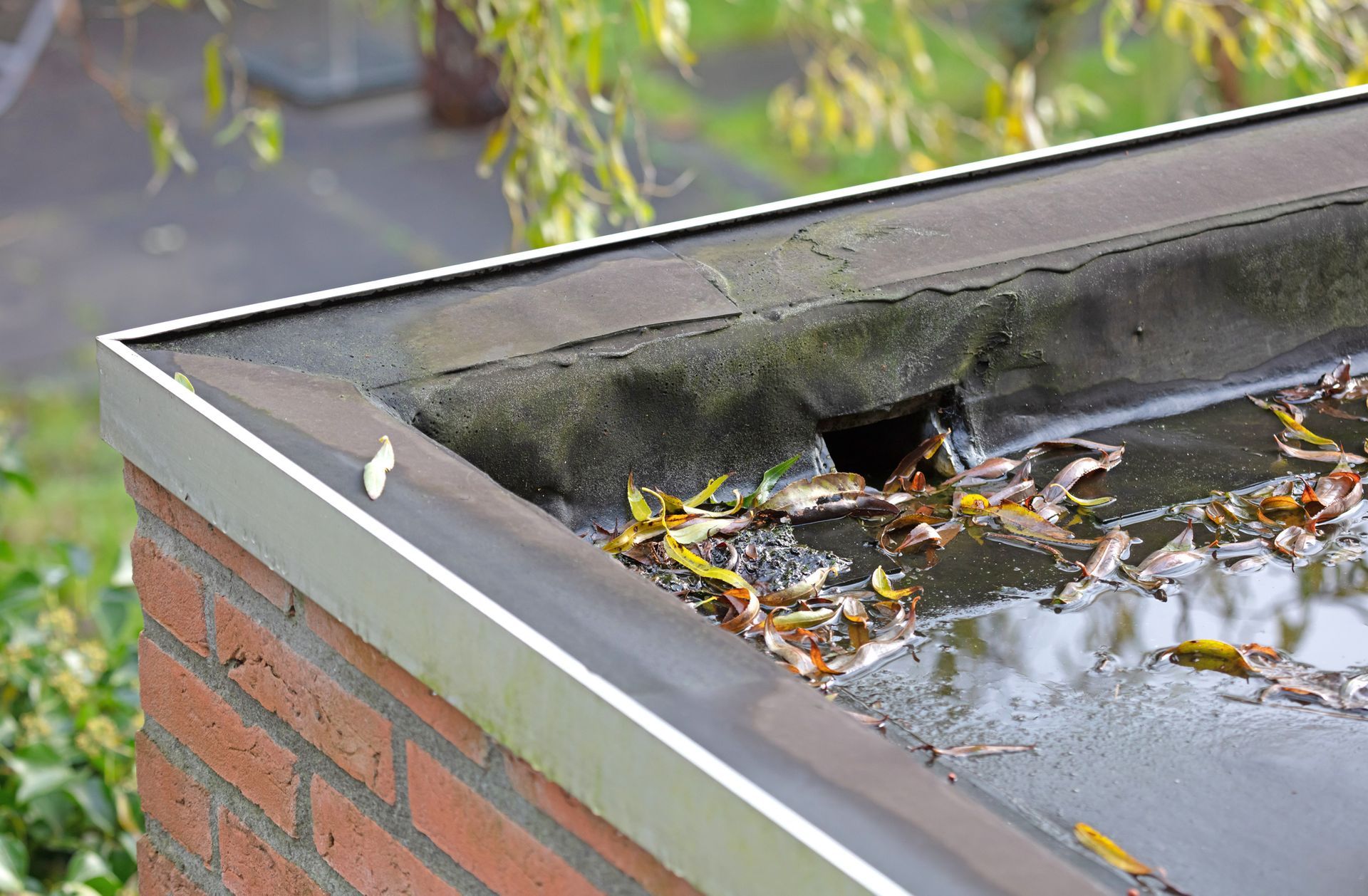
February 13, 2024
Flat roofs can be a great choice for buildings due to their affordability and durability. However, if not done correctly, flat roofs are prone to water damage. Proper drainage is essential for the longevity of a flat roof, and selecting the correct drainage system is critical. Here we will discuss three common flat roof drainage systems - gutters, interior drains, and scuppers - as well as their pros and cons. Gutters Gutters are the most common form of flat roof drainage because they are low-cost and efficient when it comes to redirecting water off the roof. Gutters should be installed at a certain angle (approximately 1/4” per foot) to ensure proper water drainage. Gutters also need to be maintained over the years, as debris and leaves from storms or rain water can clog them up and create standing water. Pros: Low-cost installation and maintenance Easy to install Can direct water away from the foundation of the building Cons: Prone to clogging Requires periodic maintenance and cleaning Overflow from rain storms can cause damage to surrounding areas Interior Drains Interior drains are often seen as the higher-cost alternative to gutters. They are installed directly into the flat roof’s membrane and include a network of pipes that drain water off the roof into a downspout. Pros: Low maintenance More reliable than gutters in terms of preventing roofing damage Can be adjusted to fit any size of flat roof Cons: Expensive installation and maintenance costs compared to gutters May require frequent adjustments depending on the environment surrounding the building Can be difficult to install if the roof does not have the right slope Scuppers Scuppers are metal or plastic openings that allow water to drain off flat roofs. They generally come in square or rectangular shapes and are installed along the perimeter of a roof. The size and shape of scuppers should be adjusted accordingly in order to prevent water from overflowing onto the sides of a building. Pros: Easy and cost-effective installation Low maintenance costs compared to gutters or interior drains Can be adjusted to fit any size of flat roof Cons: Prone to clogging due to debris and leaves Overflow from rainstorms can cause damage to surrounding areas Can be difficult to install correctly if the roof does not have the right slope When it comes to selecting the best drainage system for your flat roof, there are a few things to consider. Gutters, interior drains, and scuppers all offer their own advantages and disadvantages. It is important to select the right drainage system for your needs in order to ensure the longevity of your roof and protect it from water damage. Flat Roof Repair and Inspection Services If you are looking to repair or replace your flat roof, make sure to contact a certified roofing professional who can assess your current roof and provide the best solution for your needs. At ACR1 Commercial Roofing, we specialize in flat roof repair and installation . Our team of certified professionals has years of experience working with flat roofs, so you can be sure that your roof is in safe hands. Contact us today to learn more!
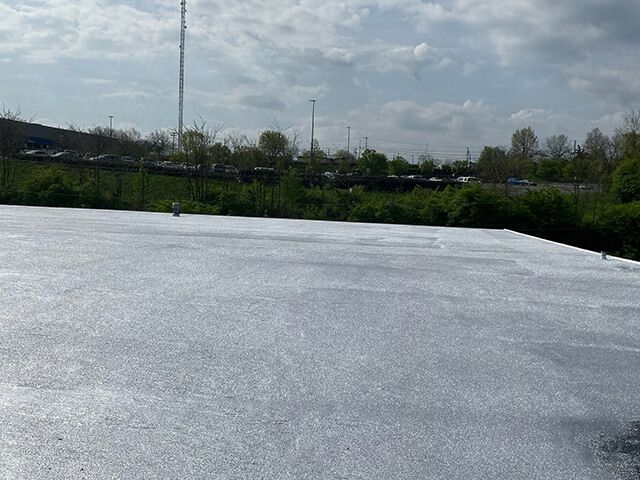
By FLOYD MASON
•
September 11, 2023
Flat roofs can be a popular choice for homes and commercial buildings, but they must be maintained and managed correctly to ensure that rainwater doesn’t cause damage or unwanted leaks. That’s why it’s important to understand the components of a flat roof drainage system and how they work together.
CONTACT US
Leaky roof? Want an estimate or roof inspection for your building? Contact us to schedule your service!
Contact Us
Thank you for contacting us.
We will get back to you as soon as possible.
We will get back to you as soon as possible.
Oops, there was an error sending your message.
Please try again later.
Please try again later.
Headquarters:
INDIANA OFFICE
1924 N ELM ST
MUNCIE, IN 47303
(317)820-2418
Quick Links

